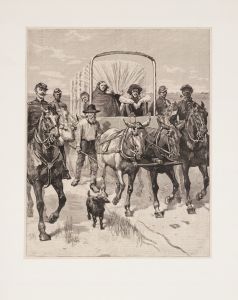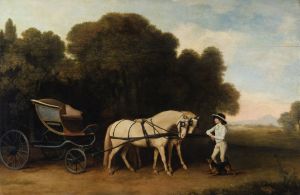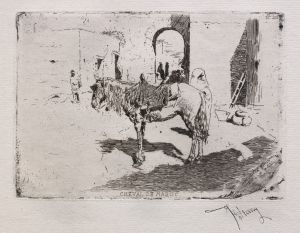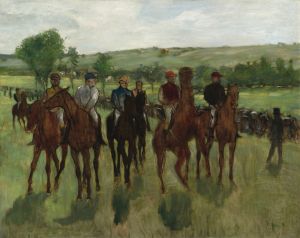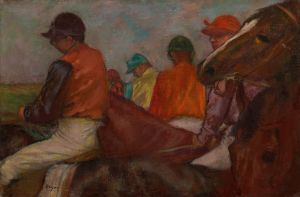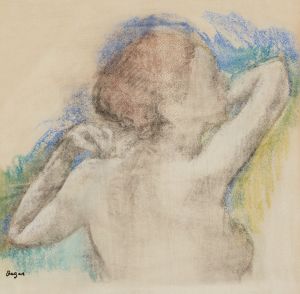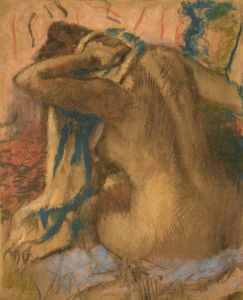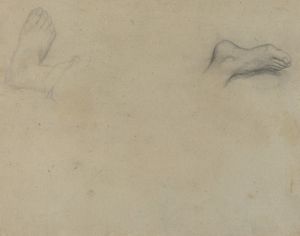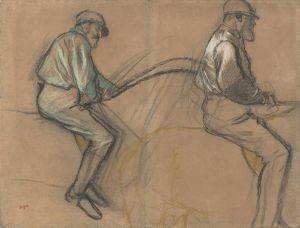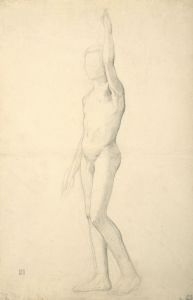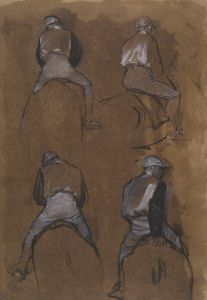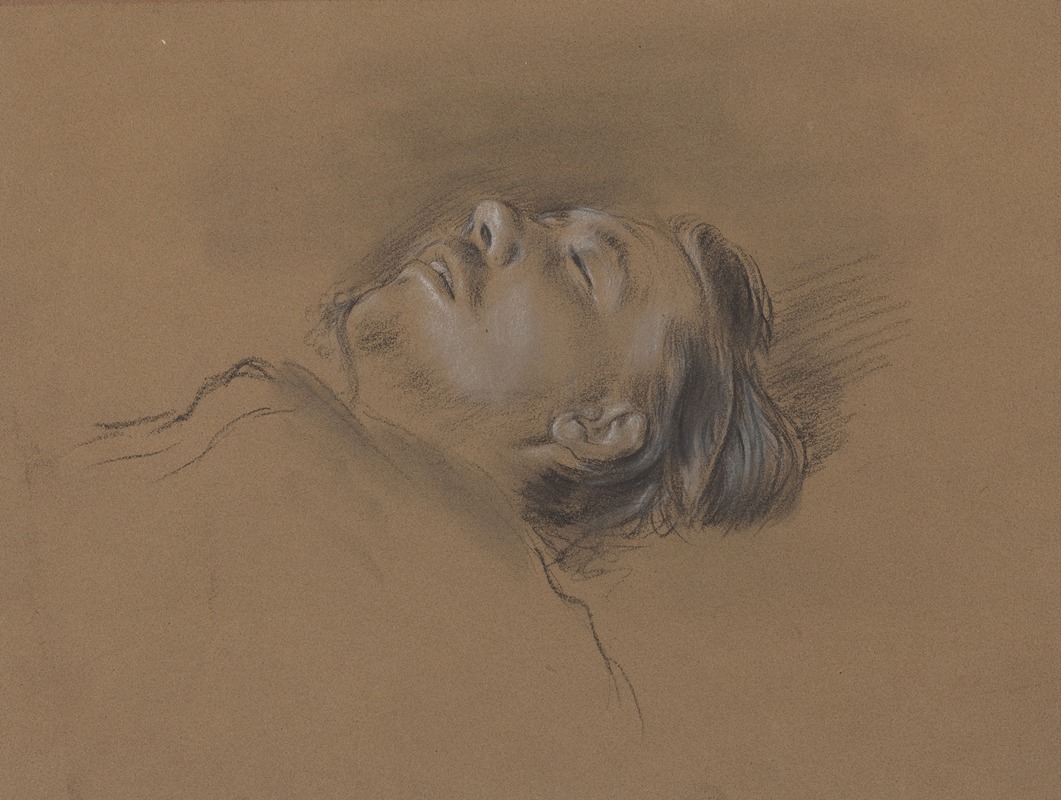
Head of the Fallen Jockey
A hand-painted replica of Edgar Degas’s masterpiece Head of the Fallen Jockey, meticulously crafted by professional artists to capture the true essence of the original. Each piece is created with museum-quality canvas and rare mineral pigments, carefully painted by experienced artists with delicate brushstrokes and rich, layered colors to perfectly recreate the texture of the original artwork. Unlike machine-printed reproductions, this hand-painted version brings the painting to life, infused with the artist’s emotions and skill in every stroke. Whether for personal collection or home decoration, it instantly elevates the artistic atmosphere of any space.
Head of the Fallen Jockey is a painting by the French artist Edgar Degas, created in 1896. Degas, widely recognized as one of the leading figures of Impressionism, is known for his innovative approach to depicting movement, particularly in scenes of dancers, horse races, and everyday life. This work is part of his exploration of equestrian themes, which he revisited throughout his career.
The painting focuses on the head and upper body of a jockey, who appears to have fallen during a race. The composition is tightly cropped, emphasizing the figure's expression and posture rather than the broader context of the race or the fall itself. Degas employs a muted color palette, with earthy tones dominating the scene. The brushwork is loose and expressive, characteristic of his later works, where he increasingly prioritized mood and atmosphere over precise detail.
Degas's interest in horse racing and equestrian subjects was influenced by his fascination with movement and the dynamics of the human body in motion. He frequently attended races and created numerous works inspired by the sport, including paintings, drawings, and sculptures. Head of the Fallen Jockey reflects his ability to capture a fleeting moment with emotional intensity, focusing on the vulnerability and humanity of the subject.
The painting is executed in oil on canvas and measures 46.5 cm by 61 cm (18.3 inches by 24 inches). It is currently housed in the Musée d'Orsay in Paris, France, which holds one of the most extensive collections of Degas's works. The museum's collection highlights Degas's evolution as an artist and his contributions to modern art.
Head of the Fallen Jockey is notable for its introspective quality, as it deviates from the more dynamic and action-oriented depictions of horse racing that Degas often created. Instead, it invites viewers to reflect on the physical and emotional toll of the sport, offering a more somber and contemplative perspective.
This painting is an example of Degas's later style, where he increasingly experimented with unconventional compositions and a more abstract approach to form and color. It demonstrates his continued interest in exploring the human condition through the lens of specific moments and subjects, making it a significant work within his oeuvre.





